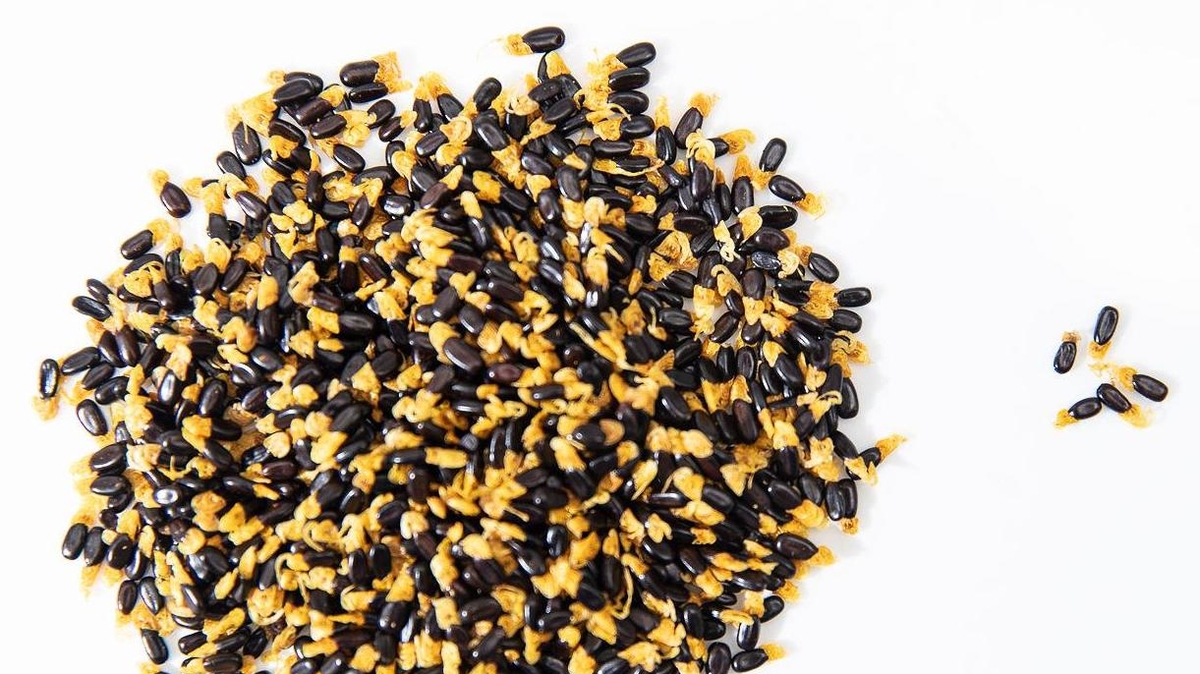
A University of Queensland researcher has brought to light the remarkable nutritional value and potential market value of an indigenous Australian superfood – the wattleseed. Derived from the Australian Acacia, this edible seed is not only rich in fiber but also low in starch. It also packs a powerful punch of compounds known for their anti-inflammatory and anti-carcinogenic properties. This discovery has sparked interest in the creation of value-added products using wild-harvested seeds, with the aim of involving Indigenous Australians in the supply chain.
The Nutritional Powerhouse: Wattleseed
Wattleseed’s nutritional profile is impressive. The seed is a rich source of protein and fiber, and its low starch content makes it an excellent option for those with dietary restrictions. The seed also contains bioactive compounds known for their health benefits, such as anti-inflammatory and anti-carcinogenic properties. It’s these remarkable qualities that have led to its increasing interest as a staple in contemporary food markets.
Recipes with Health Benefits
Research has not only identified the nutritional benefits of wattleseed but also led to the formulation of recipes containing over 20% of the seed. These recipes have been designed to meet the recommended daily intake of iron, vitamin C, and fiber. They are particularly beneficial for those in regional and remote areas with limited access to affordable, nutritious food. The development of such recipes is a significant step in addressing nutritional deficits in these communities.
Involving Indigenous Australians in the Supply Chain
One of the key objectives of this research is to ensure Indigenous Australians are involved in every stage of the wattleseed supply chain. Less than three per cent of native food production is owned and operated by Indigenous groups, but the commercialization of wattleseed could provide much-needed job opportunities for these communities. In addition to creating employment, value-added products made from wild harvested seeds will contribute to the local economy.
Blending Indigenous Knowledge and Science
The research lays emphasis on combining scientific evidence with Indigenous knowledge for effective marketing and product positioning. By interviewing Indigenous community residents and consumers, researchers have gained a deeper understanding of the broader market for wattleseed products. This combination of scientific research and Indigenous knowledge is seen as a powerful tool for successful marketing.
Education and Wattleseed
The findings of this research are not only transforming the food industry but also the education sector. The plan is to create educational materials based on the research findings. These materials will be distributed in remote schools and community stores, helping pass on Indigenous knowledge and science to future generations. The ultimate goal is to promote the use of native foods and celebrate the rich heritage of Indigenous Australians.
In conclusion, the nutritional and potential market value of wattleseed offers a promising path towards a new Indigenous industry. It’s not just about creating delicious, nutritious recipes, but about acknowledging and involving Indigenous Australians in the process. This research is a significant stride towards a sustainable, inclusive, and healthy future.
